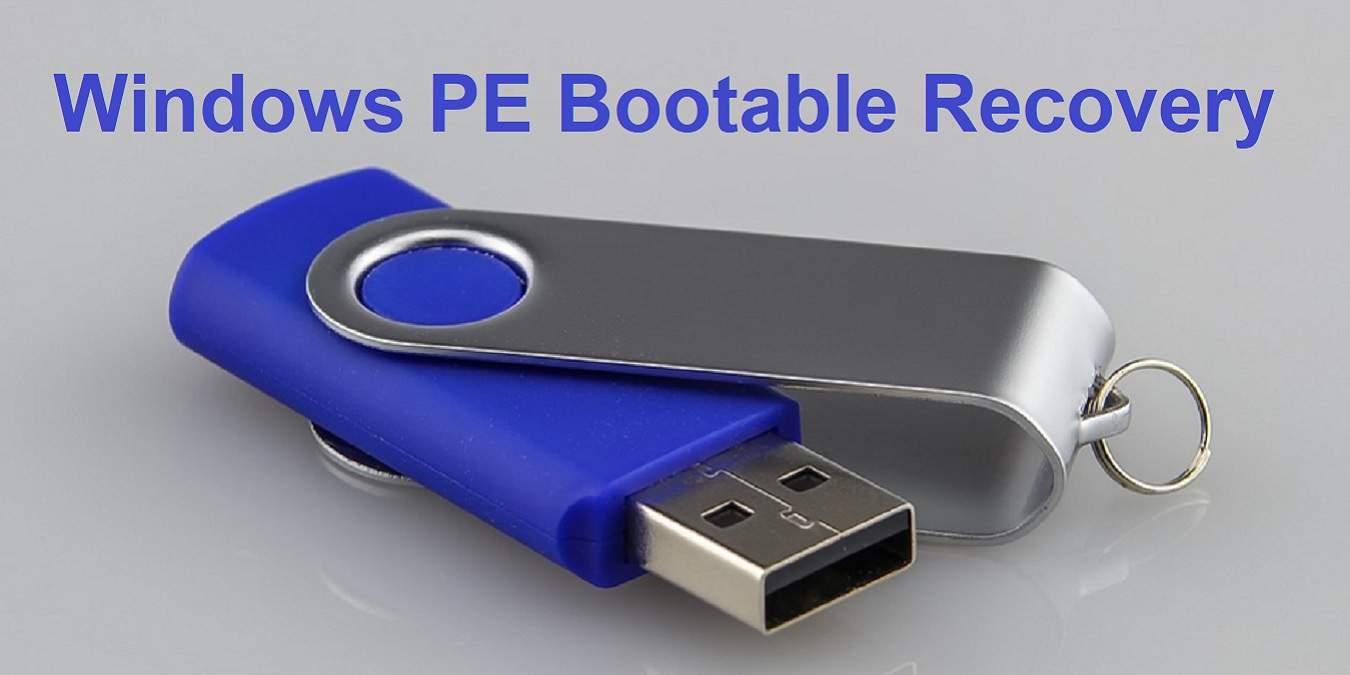
In the early days of Windows, you were prompted to create recovery or rescue disks when you first bought a new computer. Some manufacturers even included their own or at least a complete reset disk. But, that’s in the past. Now it’s up to you to figure out how to create recovery disks to help with troubleshooting, repairing various issues, and more. One of the best base systems is Windows PE.
What is Windows PE?
If you’ve ever had to perform a recovery, you might have used a bootable Linux system to help you access settings and files. You can even create a Windows 10 installation drive using Linux. Windows PE, which stands for Windows Preinstallation Environment, is the Windows equivalent.
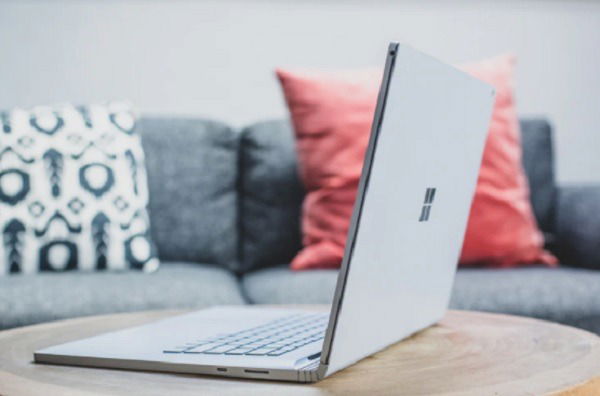
Much like with Linux Live disks, Windows PE bootable recovery disks include a variety of tools and features, such as:
- Ability to prep hard drives for installation
- Install or repair Windows 10
- Data recovery, even if you can’t boot using your hard drive
- Set up various recovery tools
- Set up automated tasks
- Driver updates and troubleshooting
While that’s not all, the simplest answer is these recovery disks help you troubleshoot, repair, and even start from scratch if you’re having issues with Windows 10 that can’t be fixed any other way. This is especially true if something’s corrupted your hard drive and you can’t boot to it or access your device’s recovery partition.
The good news is these run from USB drives, so you don’t even need a hard drive to use them.
How Do Bootable Recovery Disks Work?
The way recovery disks work is by starting with a base system. Windows PE isn’t the only bootable recovery disk base system, but it’s highly effective when you want to work with certain Windows features, such as batch files, scripts, Win32 applications, and more.
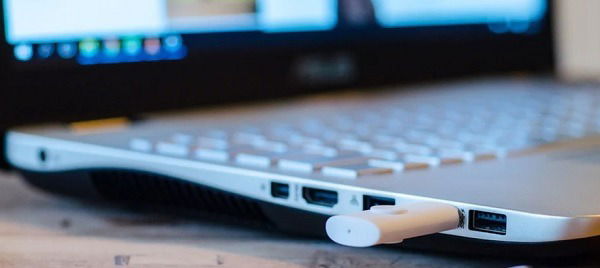
Typically, you’ll download a base system that includes various tools. Each disk includes its own set of tools. For instance, one might focus more on security, while another includes more networking tools. Others allow you to customize your disk based on the types of recovery tools you need.
Most include not only support for Windows applications but add a variety of free open-source tools to aid in troubleshooting and recovery. While a bunch of tools you’ve never heard of may seem intimidating, open-source tools typically have community support available if you have any questions.
As the name implies, bootable recovery disks run at startup. This means you can boot to the disk before your hard drive, which is ideal if you’re trying to fix something that’s wrong with your hard drive or remove a particularly stubborn virus.
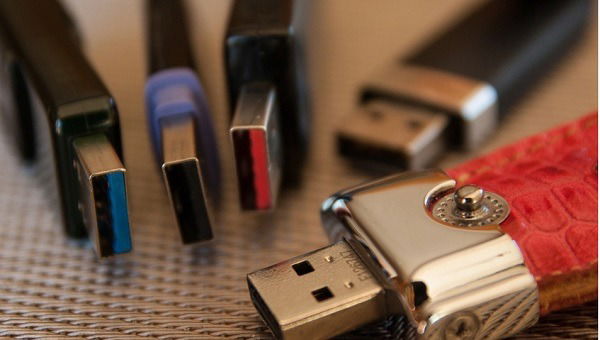
While I’m using the term “disk,” most modern recovery disks install on USB drives. You can use CDs, DVDs, and other options, too. Check the size of your recovery disk to know how much storage you’ll need. You can save files to the USB drive in some cases, but for most Windows PE recovery disks, everything’s reset to defaults as soon as you reboot the system.
Also, Microsoft doesn’t allow you to use Windows PE as your main operating system. You only get three days before you have to restart your computer. The system resets any files (not stored to an external hard drive), and customizations are reset when you restart. Any changes you’ve made to the main Windows 10 system will remain in place, though.
What Are the Best Windows PE Disks?
Each Windows PE disk option here also includes instructions on how to create the bootable disk. Make sure you have a correctly-sized USB drive or other disk on hand to create it.
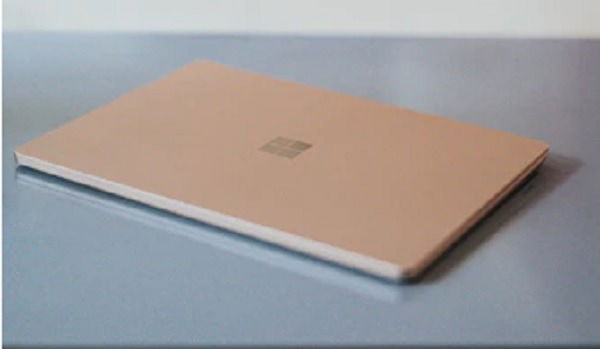
Microsoft has a Windows PE disk you can create from a Windows Assessment and Deployment Kit add-on. It’s free to create, you can customize it, and there are step-by-step instructions for accessing the add-on and creating a bootable USB drive.
Paragon Backup & Recovery Community Edition allows you to create a Windows PE recovery disk along with adding a variety of utilities. You can also take advantage of the file backup and recovery features if you’re having issues with your hard drive.
AOMEI PE Builder helps you create custom recovery disks using any Windows PE distribution you already have. Or you can create one from scratch using their base system. You can add various tools, including AOMEI’s computer maintenance tools. It’s completely free.
Hiren’s BootCD PE is the only option on this list that’s not officially still supported. However, users loved it so much that the disk is now community supported and updated regularly. It includes various tools for recovery and troubleshooting, which are also updated as needed.
Ideally, it’s easier to stick with Microsoft’s official options, but if you’re looking for something more customized, give one of the other three above a try. Alternatively, you can create a Windows Recovery disk with just your current Windows system.

Crystal Crowder –
Staff Writer
Crystal Crowder has spent over 15 years working in the tech industry, first as an IT technician and then as a writer. She works to help teach others how to get the most from their devices, systems, and apps. She stays on top of the latest trends and is always finding solutions to common tech problems.
Subscribe to our newsletter!
Our latest tutorials delivered straight to your inbox
Sign up for all newsletters.
By signing up, you agree to our Privacy Policy and European users agree to the data transfer policy. We will not share your data and you can unsubscribe at any time. Subscribe